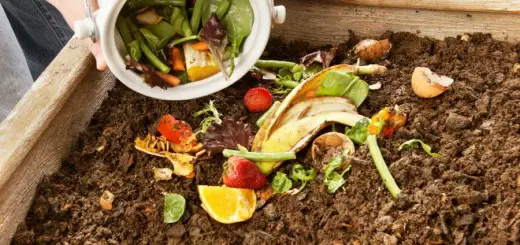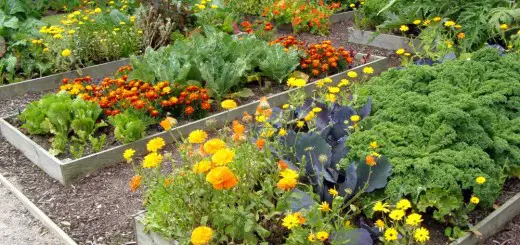Romanian Wine Grape Cultivars. The Material for Fine Liquor
One of the most appreciated drinks in the world, wine is acknowledged for its health benefits, antioxidant content, and fine taste, enriched with fruity or wood notes. If you have enough land surface in your backyard to plant some vine for wine, and you would like to produce the beverage yourself, you should look into the different cultivars you could use depending on your taste. These are the most popular Romanian wine grape cultivars, that you might find appealing.
Romanian wines quality and original taste are due to the cultivars they are made of.
The most valuable Romanian wine grape cultivars would be as follows:
- for white wines: Grasa de Cotnari, Feteasca alba, Feteasca regala, Galbena de Odobesti;
- for red wines: Babeasca neagra, Feteasca neagra;
- for aromatic wines: Tamaioasa romaneasca, Busuioaca de Bohotin.
Romanian grape wine cultivars. Reds
Feteasca neagra
It’s been with us for thousands of years and continues to be a surprising wine. Famous French oenologists have claimed that, if we succeeded to control the tannins in it, Feteasca neagra could stand up to any red wine, no matter how it’s called.
The grape is grown in southern Moldavia (departments of Vrancea, Vaslui, Galati), in Muntenia, in Dealu Mare (Prahova) and around Stefanesti (Arges).
Feteasca neagra is still one of the most popular wines in Romania. It’s a dry wine, rarely medium dry, it’s 12 – 12.5 degrees strong. colored intense red with ruby reflexes and it has a particular aroma, resembling that of black currants.
Babeasca neagra
It’s another ancient Romanian wine. The cultivar, grown in southern Moldavia, is inferior to Feteasca. It’s more of a wine to drink currently, not to save for special occasions, and it has a strength of 10 – 11 degrees. It also has a fruity note, but it’s less intense in flavor.
Negrul de Dragasani
Closely related to Novac, this cultivar is grown in the hilly part of Muntenia, in the department of Valcea, Dealu Mare region etc. There are researchers who say that by combining the two related cultivars an excellent wine can be obtained, but there’s still more work to be done in that direction.
Romanian wine grape cultivars. Whites
Feteasca alba
It’s an old Romanian cultivar, very well adapted to the climate here. It’s actually the one who covers the largest surfaces of our country’s vines (over 23,000 hectares). Due to its worth, it’s grown in most wine regions, especially in Moldavia and Transylvania. It makes dry and medium dry wines, moderately strong (11.5 – 12 degrees) and acid, of great finesse.
Grasa de Cotnari
Another legendary Romanian wine, it is said to be related to the Furmint, the grape from which the Tokay is made. What is fascinating about this cultivar is that it’s harvested when the grapes are well dry and even attacked by noble rot. The grapes are used alone or in combinations with Feteasca alba, Tamaioasa and Francusa. Though sweet, the wines are pretty strong (12 – 12.5 degrees), colored golden, sometimes with greenish notes.
Feteasca regala
It’s a young wine, obtained only last century from crossing Feteasca alba and Grasa. The cultivar is planted all over the country and it makes a dry wine, a bit lighter than Feteasca alba.
Tamaioasa romaneasca
This is another old cultivar, that’s been with us for centuries. It’s wild flowers and honey aroma impresses any connaisseur, even if its sweetness is not appreciated by everyone.
HERE‘s also a small selection of Romanian table grape cultivars.
Credits: vitis-metamorfosis.com, winetaste.ro, cramahistria.ro
Photo credits: cramahistria.ro


















